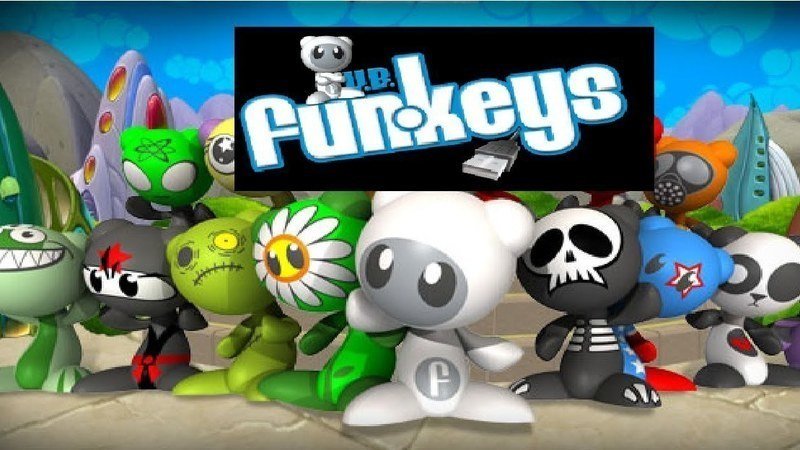This blog was inspired by the Week 10 “Are Computers Having Fun?” chess game that was suggested. I am not a good chess player but I have recently gotten back into watching matches, especially with the chess world championships that were broadcasted a couple of weeks ago. In this blog, I want to explore the process of digitization that chess has gone through, especially in more recent years and with chess analytics that is now available. With this blog, I want to express my personal opinion that the use of AI algorithms have helped chess not only survive in a digital age but have also made chess a thriving sport that is interesting to watch regardless of it being a “long-form” style of content that is becoming less habitually seen online.
Then VS Now
When I was younger I saw chess as an old man’s game, where players would use old books to learn strategies. My grandfather would sit me down and show me opening plays, moving the pieces on the board and readjusting them countless times. Needless to say, it ended up boring me. Nowadays, the option of playing online chess has opened up many possibilities to a younger generation. Apps like Lichess allow players to play against a computer or compete against players from all over the world. Many YouTubers are also using these apps as an opportunity to show others how to play chess, play and interact with their subscribers and analyze famous games in a more engaging way. These apps have assisted arrows that let you point to where the piece can go without moving it, as well as a practice mode where you can “undo” moves. In most of these apps, there are various game modes, puzzles, and tutorials. All of these tools are useful in creating interest in the chess community because viewers can visually see all possibilities in a matter of seconds. Personally, I have found learning chess through YouTubers like Agadmator much easier than reading playbooks about openings and end games.
World Chess Championship
Below are some ways in which technology has influenced the playing and watching of chess at the highest level. But first, an introduction on what world chess championships are and entail.
These championships happen annually and include the top 2 Grand Masters (GMs) that win in the qualifying rounds. Before events were televised, these matches were played behind closed doors and each move would be broadcast by radio to the public. Nowadays, the matches are broadcasted and sponsored by websites like Chess.com which are free, and they even have a live stream on Youtube. Like with other sports the players are sponsored and they have branded segments, all chess-themed of course.
Arguably what makes watching live matches so interesting is the technology that the commentators use. Chess matches can go on for several hours ( this year Ian and Magnus played for 8hrs one of the days) so the presenters/commentators have to fill up the time between moves being are made. Here is where the action happens. Using AI chess algorithms like Stockfish, they can analyze the player’s position on the board and look at all the possible moves as well as 5 moves ahead to predict the way the game is headed. Below is a picture of this in action. During these segments, the presenters can also interact with other grandmasters and ask for their opinions on what move should be made next, which helps to keep the audience engaged. During matches, there are also questions posed by the presenters about what move will be made next called “guess the move”. If a viewer gets the move right they can even win prizes. Further, with this AI technology, the computer itself advises what the optimal move is for each player, and there is also always a bar at the top of the match broadcast screen displaying the probability of win/lose which changes according to what move is being made. These algorithms are so accurate that the GMs use programs like Stockfish (or in GM Magnus Carlsen’s case Sesse) to study openings and after each daily match replay the exact game against a computer to look for mistakes as well as the moves/attacks they missed during the match.


Overall, I think that having all the stats and important information on the matches themselves as well as being able to look at all the possible moves and plays and listen to other professional players’ takes on an ongoing match helps to keep viewers’ interests and creates tension that keeps people watching. Sometimes my boyfriend even opens up his chess app and plays along as the match is happening! Through the power of digital tools and AI algorithms, a once completely analog game like chess has been transformed and digitized into a competitive, engaging, and innovative format that is actually creating new plays and developments that would otherwise not exist. If you are interested in seeing what a championship game looks like in action you can scroll up and watch Agadmator’s Youtube video of him recapping the match, or watch one of the 12 live matches I have attached here. You can also click on the link of my second reference to learn about the more technical qualities of these AI algorithms and how they are changing the way we play now.
References
https://www.chess.com/article/view/world-chess-championship-2021




I think it’s crazy to think that even the chess engines can beat the best players in the world, just because the algorithms became so good. The engines are also used as a way of preparation, finding the best responses for the openings of the opponents and I think that we as human players have learned as much from computers as we have taught ourselves over all these years. The level of chess is becoming crazy.